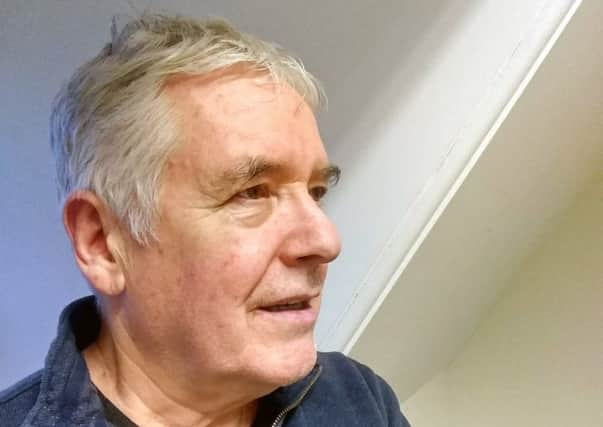John Muir’s legacy gets pupils enthused about learning – Alan McCombes


One of these communities is centred around Logan Primary School, a mile outside the once bustling Victorian market town of Cumnock. Although set in an open rural landscape, the three former pit villages which make up the school catchment area – Logan, Lugar and Cronberry – suffer some of the highest levels of multiple deprivation in Scotland.
Yet, over the past two years under its visionary head teacher Denise MacColl and her team of dedicated staff, the school has undergone a spectacular turnaround in attainment and attendance by turning, literally, outwards.
Advertisement
Hide AdAdvertisement
Hide AdInstead of dozens of children sitting behind desks for six hours each day, the playground has become the beating heart of the school, where children sharpen their talking, listening, writing, counting and measuring and team-working skills by exploring the natural world.
It’s been a resounding success – attendance rates have soared, exclusions diminished, literacy and numeracy have been enriched, health and well-being improved, and morale raised to new heights.
“We don’t just read the reports – we read the faces,” said Denise. “We see children who are delighted to get outside. In areas like these, where jobs are scarce, transport links poor, and poverty levels high, people are resilient. They have to be, just to survive. But speech and language, talking and listening skills can be a big barrier, preventing children from ever realising their potential.
“But that’s come on a lot, because of the outdoor context, which is less formal, and more relaxed, with fewer constraints. Take a group outside and get them interested and they’re keen to talk to their peers, to ask questions, to answer questions, to cooperate.”
Under a grey winter sky, I saw her words come alive as a class of upper primary children, oblivious to the chill damp, spent a couple of hours engrossed in an exploration of the vegetation, soils and creepy crawlies of their school grounds.
Lorna Sloan, the John Muir Award attainment project officer for East Ayrshire, supported the class teacher in setting the pupils a series of entertaining tasks combining physical activity, scientific observation, group discussion, collective decision-making, writing, counting and measuring as they worked towards their John Muir Award certificates.
Lorna works closely with Natalie White who runs the impressive COACH (Curriculum Outdoors Attainment Challenge) programme in schools across East Ayrshire council.
The programme is based on the ‘head, heart and hand’ philosophy of the celebrated Scottish sociologist, biologist and geographer Patrick Geddes, who believed that active education which engages the emotions and includes physical activity can be more effective than passive learning.
Advertisement
Hide AdAdvertisement
Hide AdAs the group assembles, Natalie points out the dynamics at work. “The children are animated, moving around, chattering to each other, excited. For a lot of teachers this would feel uncomfortable. They’re not sitting still and quiet behind a desk. But they’re more receptive.”
As if to prove her point, the pupils listen spellbound to stories of John Muir and participate eagerly in every task, concentrating intently and communicating fluently with one another to work out solutions.
Lorna said: “When we do tree-planting, for example, we have to measure a metre apart, so the children will audit the ground, they’ll use digimaps. When they’re measuring, they’re developing numeracy skills. They record what they’re doing, which is improving literacy. When you get them interested, they’ll remember. We also get them to work in teams, which improves verbal communications and social skills. They’re learning about nature and the global environment. And these types of activities always involve physical activity.”
Fifty years ago, the classic Ken Loach film Kes told the story of a disaffected 15-year-old boy, bored rigid with school, bullied by teachers, written off as a no-hoper and drifting into a life of petty crime – until he finds affinity with a juvenile kestrel, giving him a sense of purpose and teaching him more about life than a decade of formal education.
Things have moved on since the 1960s. But there remains a wide socio-economic gap in educational attainment. No individual council has the power to close that gap, but by putting dedicated resources into outdoor education via the John Muir Award, East Ayrshire is at least facing up to the fact that our education system has to find ways of inspiring children from all backgrounds.
Alan McCombes is editor of the John Muir Trust Journal.